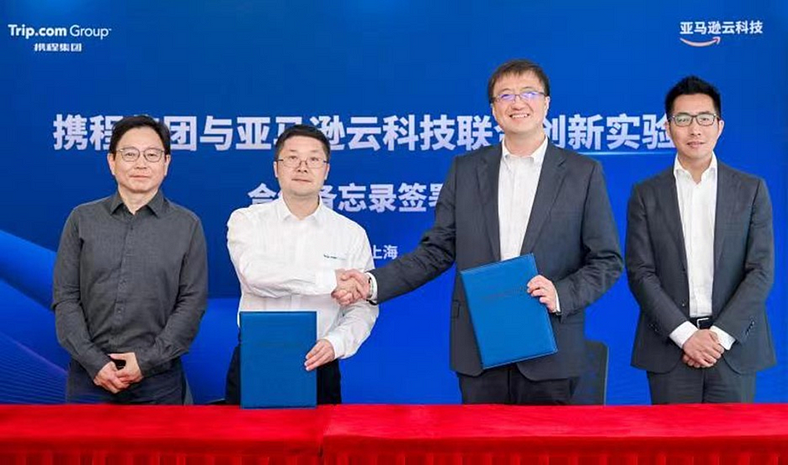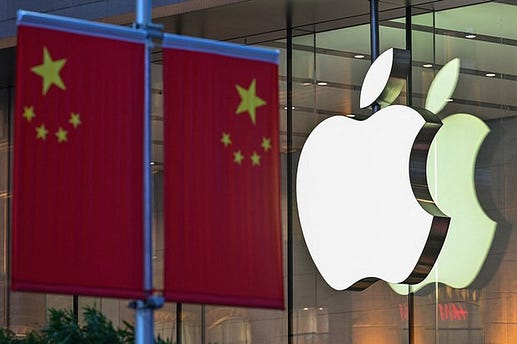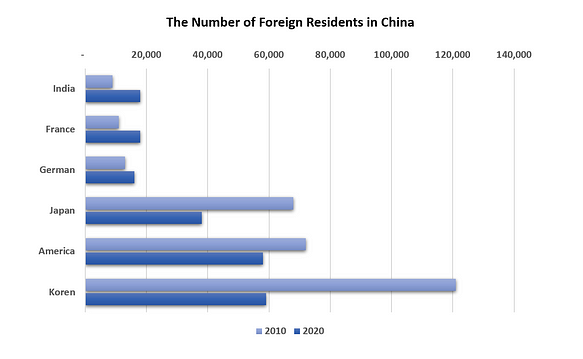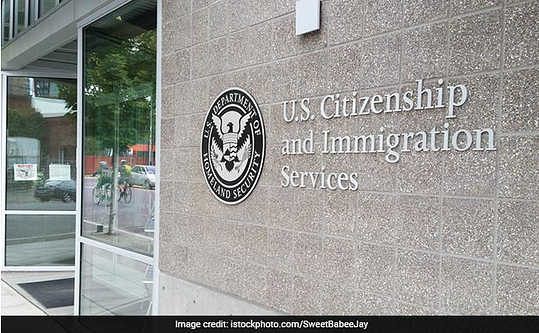China’s tech giants have showcased their artificial intelligence (AI) models, which can power products and applications such as image generators, voice assistants, and search engines. These new offerings include Ernie Bot, SenseChat, and Tongyi Qianwen. However, AI poses a challenge for China’s rulers, as the generative type holds excellent promise for Chinese tech firms but opens up vast new ways for information to spread outside its control. The Communist Party of China defines the truth, and generative AI may challenge this control.
Proposed AI Regulations in China
The government’s concerns are reflected in the rules proposed by China’s internet regulator on April 11th. According to the Cyberspace Administration of China (CAC), firms should submit a security assessment to the state before using generative AI products to provide services to the public. Companies would be responsible for the content that such tools generate. The content must not subvert state power, incite secession, harm national unity, or disturb the economic or social order. Those restrictions may sound arcane, but similar rules, applied to the internet, let the party repress speech about everything from Uyghur rights to democracy, feminism, and gay literature.
China’s Approach to AI Regulation
China’s approach to AI regulation appears more piecemeal and reactionary than other countries. The EU has proposed a law that categorizes different uses of AI and applies increasingly stringent requirements according to the degree of risk. China’s control of the internet has not stifled innovation. Still, when it comes to generative AI, it is difficult to see how a Chinese company could create something as wide-ranging and human-like as Chatgpt while staying within the government’s rules.

The arbitrary nature of the CAC’s proposed rules means it can tighten or loosen them as it sees fit. In recent years, companies in fields such as e-commerce, social media, and video gaming have had to rethink their business models based on the whims of President Xi Jinping. If Xi does not like where generative AI is going, he could reset that industry too.
Potential Limitations on Chinese AI Firms
One way Chinese AI firms may be held back is by limiting the personal data made available to train their AI models. Until recently, China’s tech companies could hoover up personal data. However, this freewheeling era seems to be coming to an end. Companies wanting to use certain types of personal data must, in theory, obtain consent. Under the draft rules on AI, firms would safeguard users’ personal information.
Conclusion
In conclusion, generative AI holds great promise for Chinese tech firms but challenges China’s rulers. The government’s proposed rules make clear its concerns about the potential for information to spread outside its control. The arbitrary nature of these rules means that the government can tighten or loosen them as it sees fit. The personal data available to train AI models may also be limited, which could hold back Chinese AI firms.
Backlinks
“重磅!刚刚,中国AI监管规定出炉!拜登也有大动作”, STCN, 11 Apr 2023, https://www.stcn.com/article/detail/838135.html
“ChatGPT:风起云涌的生成式AI和紧随而至的监管 从中国网信办新规看新赛道走向”, BBC News, 14 Apr 2023, https://www.bbc.com/zhongwen/simp/chinese-news-65274804
“How will China’s Generative AI Regulations Shape the Future? A DigiChina Forum”, Stanford University, 19 Apr 2023, https://digichina.stanford.edu/work/how-will-chinas-generative-ai-regulations-shape-the-future-a-digichina-forum/
“Proposal for a Regulation laying down harmonised rules on artificial intelligence”, European Commission, 21 Apr 2021, https://digital-strategy.ec.europa.eu/en/library/proposal-regulation-laying-down-harmonised-rules-artificial-intelligence











